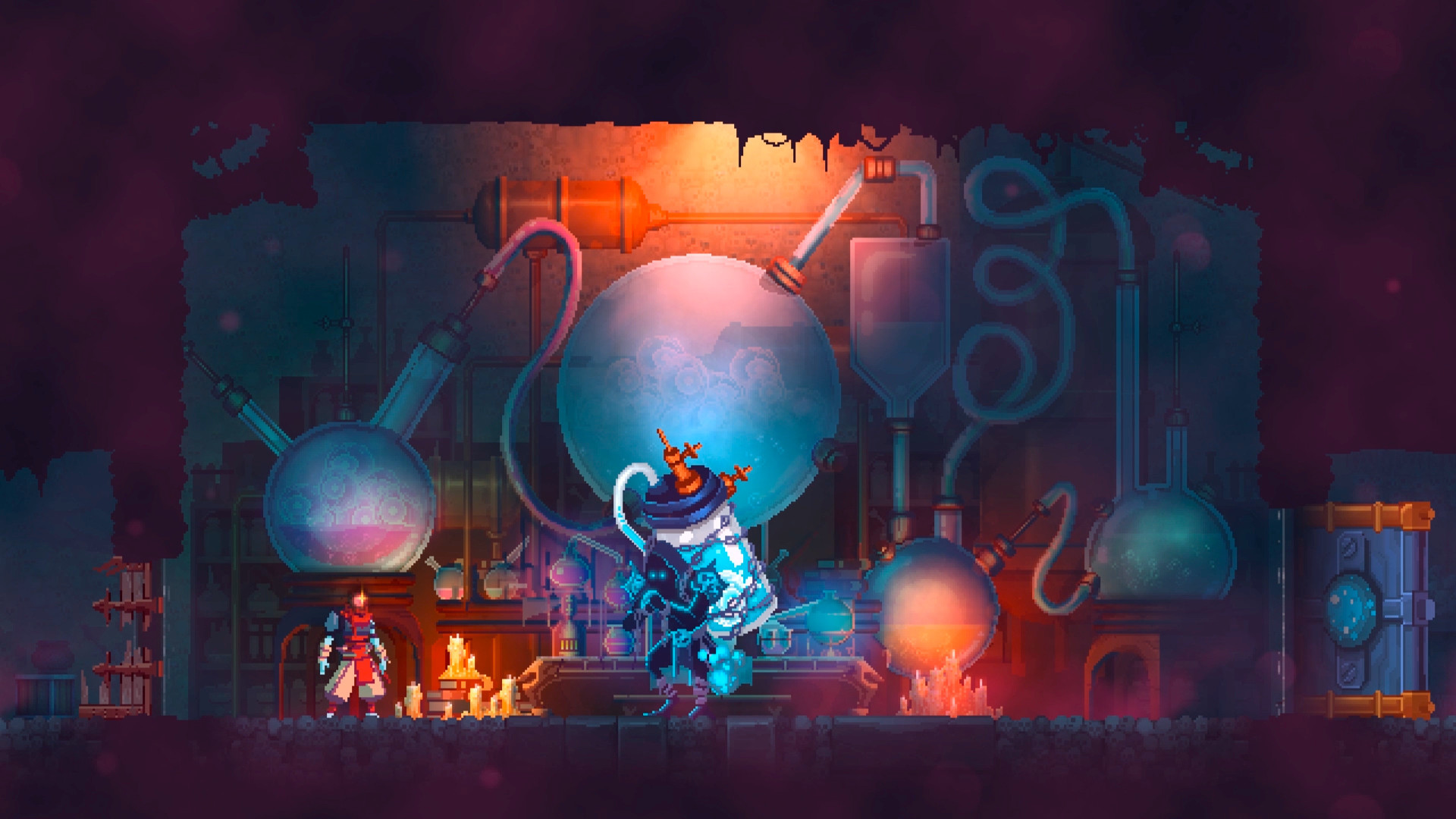
all come together to give the right mix of obstacles and challenging foes.

Your goal is to read the screen and understand the different abilities of each enemy type, and to use that information to strategize and execute your optimal approach.Ĭountless other variables such as the presence of doors (which can be opened slowly for a stealth attack or kicked in for a stunning blow) work together to mix things up. Some are unable to see you or react unless you're on their platform and in their direct line of sight, while others will lob grenades at you from across a gap or through platforms, but can't attack directly. And this meshes seamlessly with the action.Įnemies will respond to your presence in different ways. Your movement is precise, with just enough forgiveness to make exacting jumps feel demanding, yet achievable. For starters, traversing levels is a smooth, quick process once you've got the basic feel for it. And while Dead Cells executes on all of its mechanics, these two shine brightest.


You can also pick up stat upgrades that you lose upon death as well as "cells," which, if you survive your current stage, can be banked for unlocking rare items that will be added to your potential gear lottery pool and permanent bonuses like additional healing items.īesides the inventory and stage shuffling, combat and platforming are the most critical aspects for you to master. You must progress, die, and then restart to worm your way through the different routes, collecting critical upgrades that give you even more options.Īlong the way, of course, you'll have a shuffling inventory with new weapons and skills found in chests or shops. So, while some roguelikes and even Dark Souls could, in theory, be completed in one run without dying, that (so far as we've found) can't happen here.


 0 kommentar(er)
0 kommentar(er)
